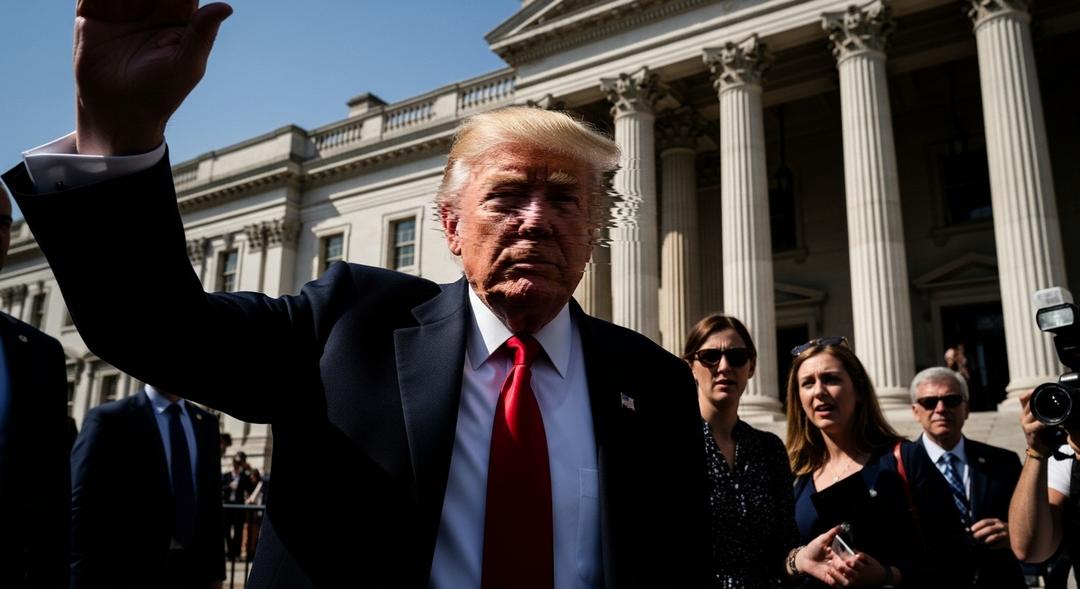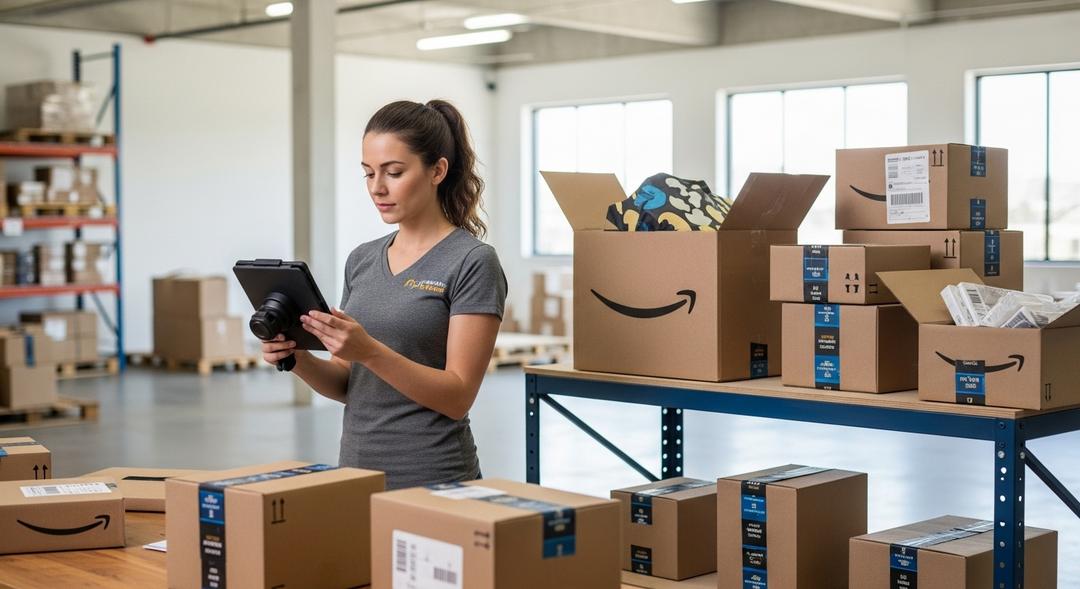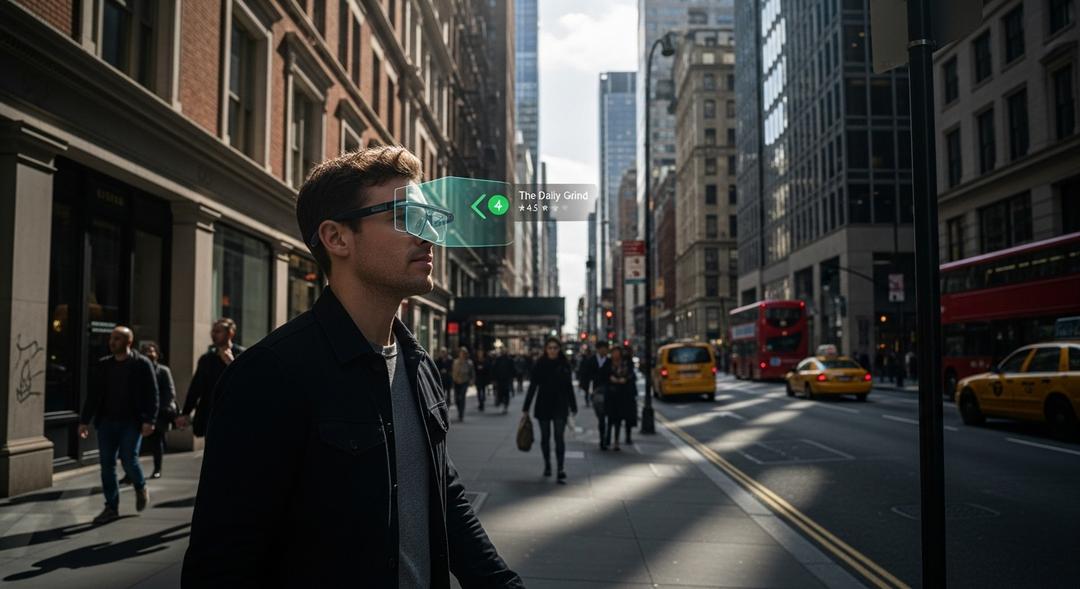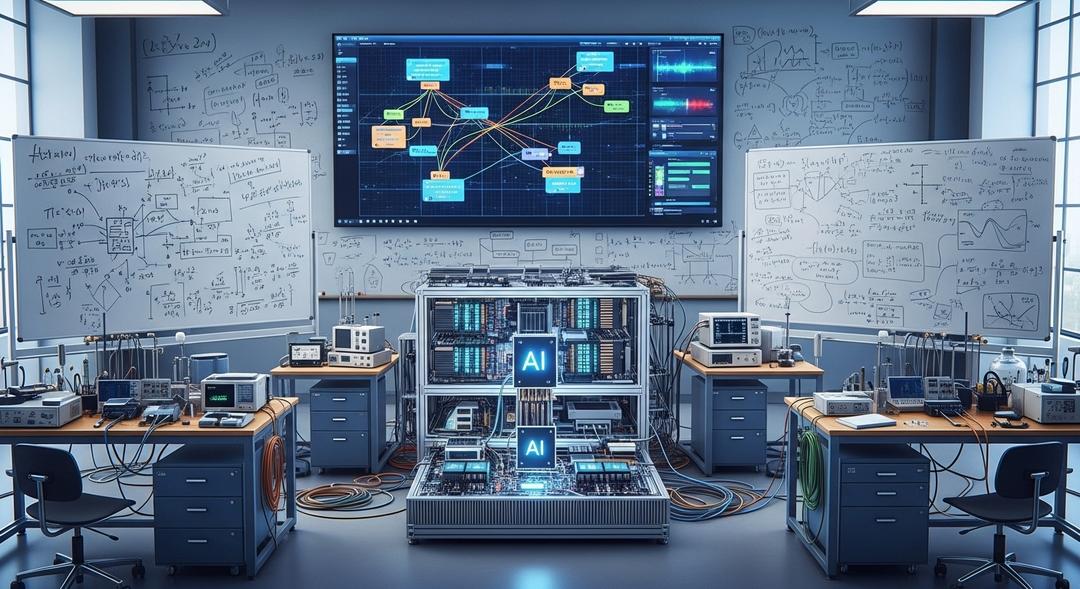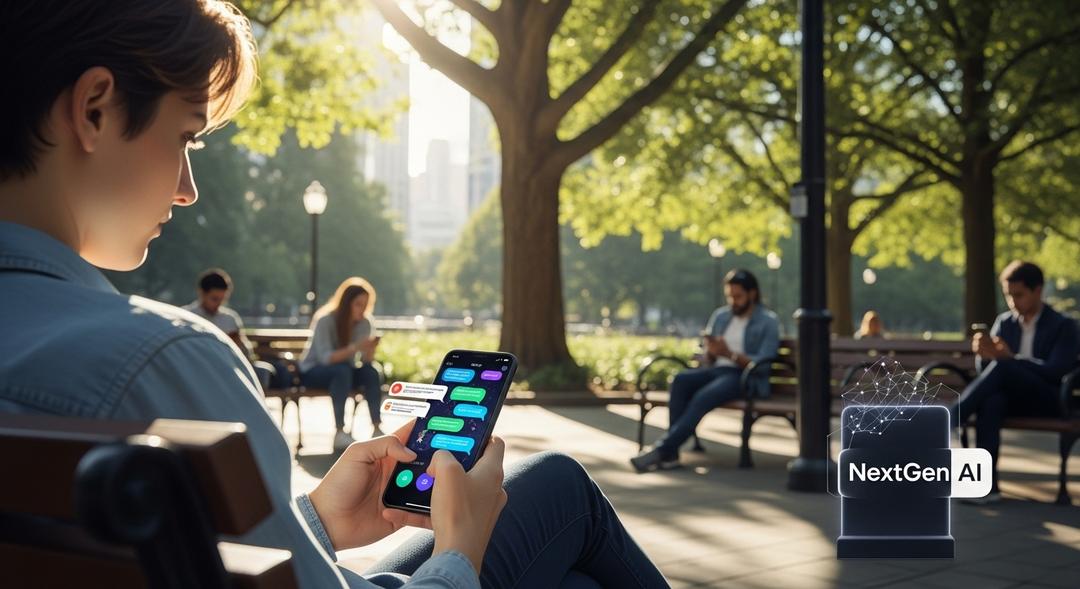A strange photo of President Trump sparked a frenzy online after surfacing September 1, catching people’s attention for all the wrong reasons.
When Trump emerged at the White House following several days away from public view, the blurry image captured and then digitally “enhanced” by Californian user Christopher Webb prompted widespread speculation about the President’s health.
Webb, who has a significant following on X, clarified that he used artificial intelligence to sharpen the grainy original in hopes of revealing Trump’s face more clearly. But the outcome had an uncanny effect: Trump’s right eye appeared almost entirely closed, and his forehead looked warped, igniting a wildfire of rumors and worry.
Soon, others began resharing the altered photo with claims about Trump’s physical condition. A French-language Facebook account known as Jonathan le Prof insisted, “He’s clearly not well. And they’re trying everything they can to hide it.”
However, fact-checkers quickly pushed back. Journalists like the BBC’s Shayan Sardarizadeh pointed out that not only had the AI reimagined Trump’s face, but it gave his trademark USA cap new and inexplicable red stripes. Other photos taken on the same day showed no signs of these supposed changes, revealing the dramatic difference between reality and digitally “enhanced” fiction, as covered by how viral photo manipulation stirs controversy.
How AI Upscaling Creates Illusions
The technique used, called upscaling, is meant to clarify fuzzy photos using artificial intelligence. According to innovation consultant Ari Kouts, these tools “vary greatly depending on quality and what they’re designed to enhance,” whether it’s landscapes or skin texture.
Kouts explained that the starting photo’s poor resolution left few real details for the AI to reconstruct, causing the tool to fill in the blanks with invented features. “If the details don’t exist in the original image, the upscaling tool will have to reinvent them,” Kouts said.
He ran his own experiment, using Google’s free tool for upscaling, and achieved a result that still looked artificial but closer to reality than Webb’s viral image.
The impulse to digitally sharpen low-quality pictures isn’t new. Back in 2020, a supposed “enhancement” of former President Obama’s photo turned his likeness into something unrecognizable. As these tools proliferate, even everyday apps like Canva and Photoshop offer easy upscaling features to millions of users.
Newer smartphones also rely on similar technology. The Google Pixel 10 Pro, with its much-hyped 100x zoom, stitches together AI generated details to produce crisp images, but experts warn that it can misfire when working with faces or text. “What you get is a fake image—a recreated image,” said Kouts.
Within all this, rumors clung to Trump throughout the late summer. His brief absence, coupled with viral manipulated images and ambiguous bruises on his hands, led some online to speculate about his wellbeing or even claim he had died.
To stem the tide of gossip, Trump himself wrote on Truth Social, “NEVER FELT BETTER IN MY LIFE.” The White House physician, Dr. Sean Barbabella, clarified that the hand bruises were minor and consistent with regular handshakes plus aspirin therapy, something medical experts echoed in public statements refuting ai-generated rumors.
